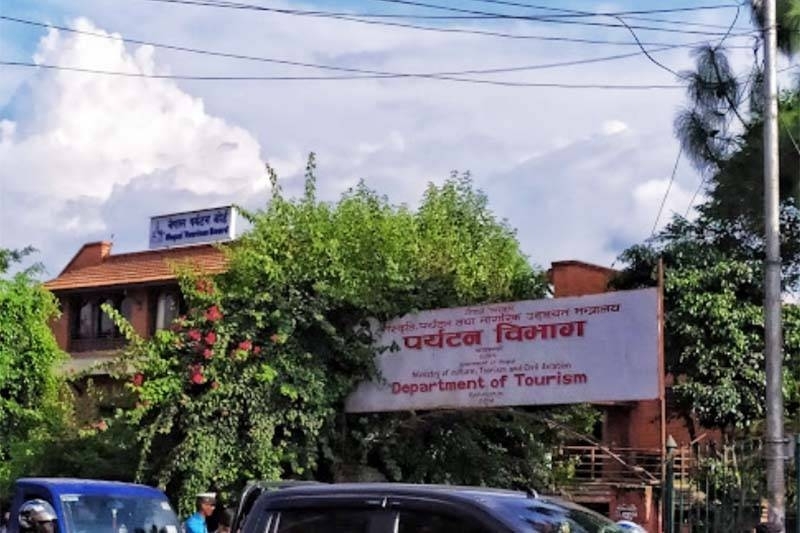
A total of 614,148 foreign tourists entered Nepal in 2022, indicating a strong recovery in the country's tourism sector compared to 230,085 tourists who visited the country in 2020 and 150,962 in 2021.
However, the arrivals are yet to recover to the pre-pandemic level, when 1.2 million tourists had visited Nepal in 2019.
According to Nepal Tourism Board (NTB) CEO Dhananjay Regmi, there was significant recovery in the year 2022 compared to the two prior years when the effects of COVID pandemic were felt more acutely.
"The tourist arrivals last year crossed 600,000, a recovery of 65.12 per cent compared to 2019," Regmi told The Himalayan Times.
"The recovery of Nepal in 2022 was better than other SAARC nations and Southeast Asia and it would have been up to 80 per cent if the Chinese tourists had been able to visit."
Due to strict policies put in place by the northern neighbour in a bid to control the possible spread of the COVID-19, a very few Chinese citizens visited Nepal last year.
As per the latest data unveiled by NTB today, the country welcomed a total of 67,932 tourists by air in December, which was the third highest number of tourists in the last year.
The highest number of tourists - 88,582 - entered Nepal in October while in November the tourist arrivals was 72,653, which was the second highest for the year 2022.
The United States was the second, with 77,009 Americans visiting Nepal whereas United Kingdom secured the third place with 44,781 British tourists.
Similarly, Australia was the fourth with 26,874, while Bangladesh came in the fifth position, with 25,384 Bangladeshis making Nepal their travel destination.
Of the total international visitors who entered Nepal last year, 40.06 per cent were from the SAARC countries, as per the NTB.
Likewise, 21.72 per cent of the total visitors were from European countries in 2022 while 14.13 per cent were from Americas.
The tourists from Asia (other than SAARC countries) constituted 8.3 per cent of the total, 4.66 per cent from Oceania, 1.62 per cent from the Middle East and 9.51 per cent were from the countries listed as 'others'.












